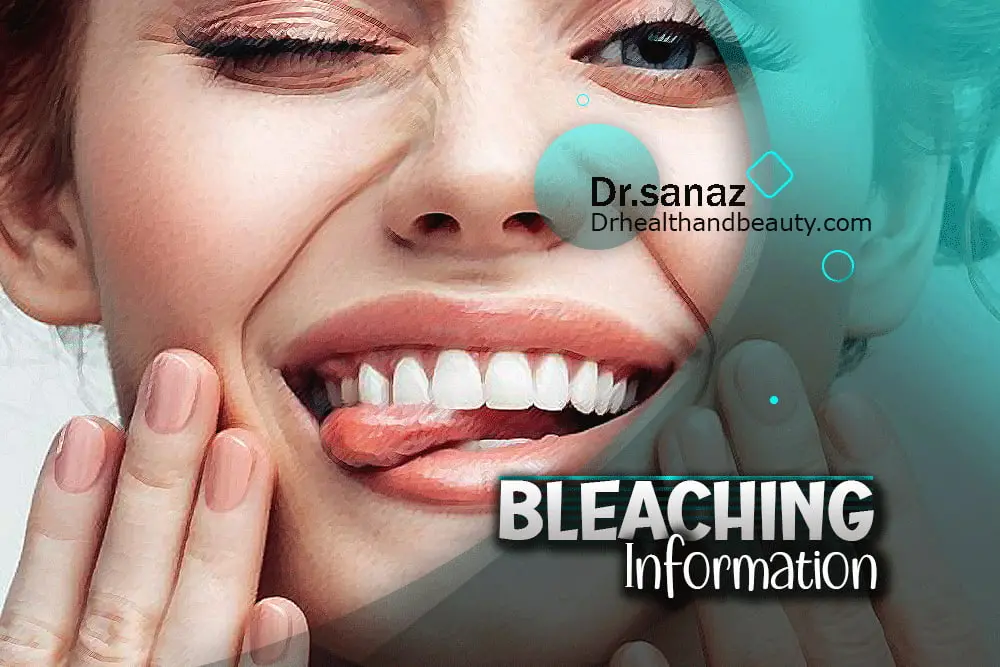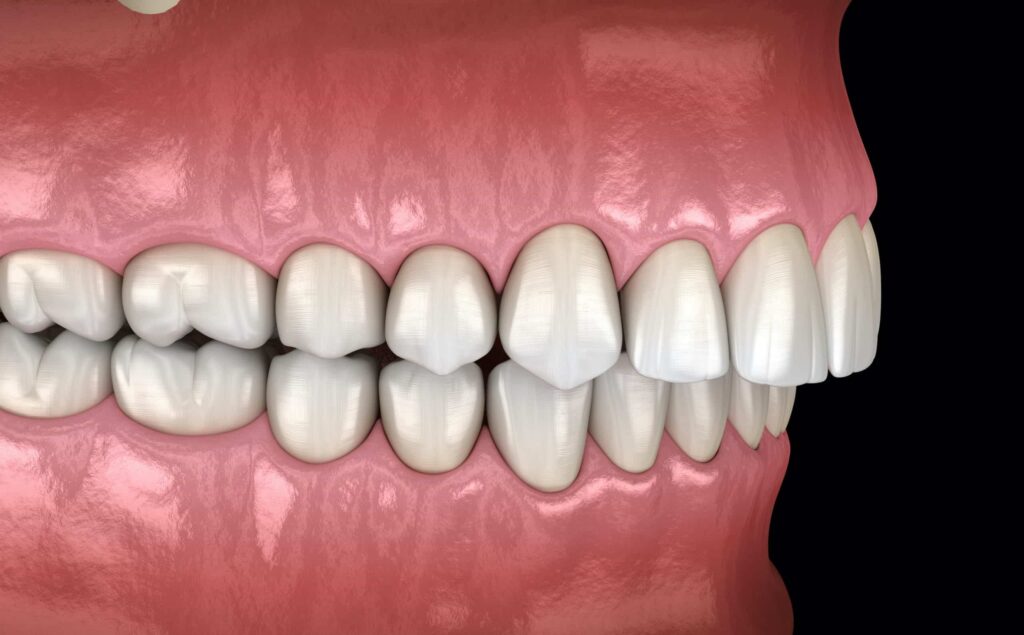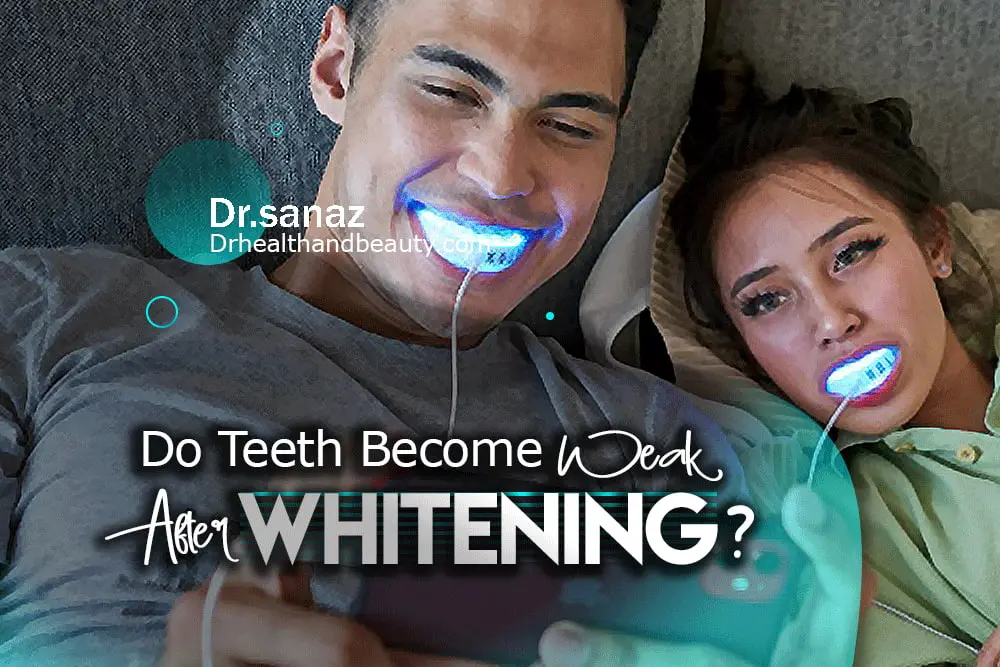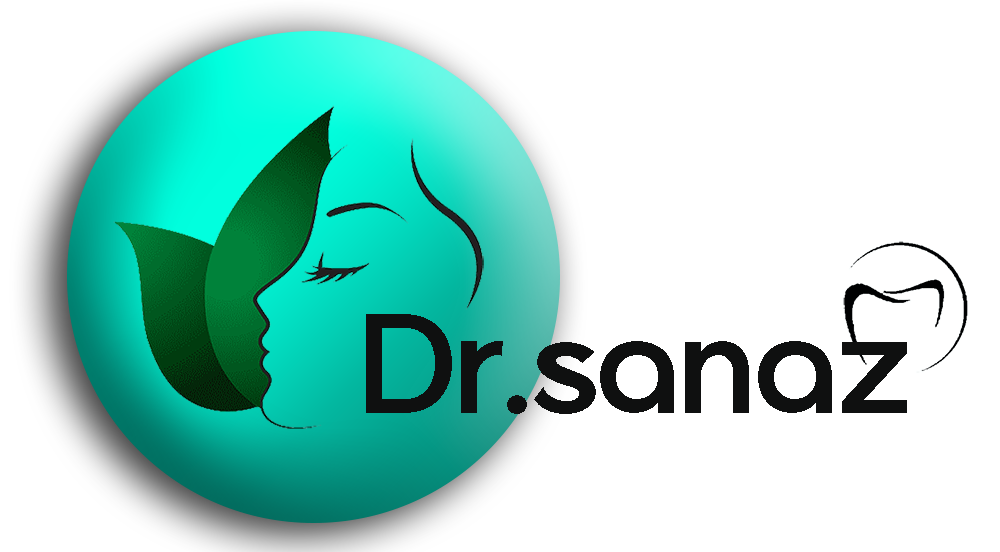

How Can I Straighten My Teeth Naturally? The Safest Methods
Table of Contents
The beauty of a smile requires symmetry and multifaceted balance. Cluttered teeth are a common problem seen in different degrees in some people.
In addition to creating cosmetic problems, disordered teeth may lead to more severe problems, Such as a person’s inability to clean his teeth, which eventually leads to gum disease and even the loss of his healthy teeth, or chewing disorder, which can lead to digestive problems.
Straightening a crooked tooth may be more complicated than you think due to the existence of various methods for it.
Composite for crooked teeth, alignment of teeth with laser, composite for misaligned teeth, tooth displacement without orthodontics, tooth laminate are all cases and options that people who seek to straighten their crooked teeth face.

Why are my teeth crooked?
Misalignment and crowding of teeth are common problems affecting the teeth on different levels. The severity of crowded and disordered teeth depends on many factors.
Usually, crooked and irregular teeth are caused by the difference in the size of the jaw and the size of the teeth.
When more prominent teeth grow in relatively small jaws, they become crooked to create enough space for them to grow.
This irregularity can also be a regular part of the teething process and gradually correct itself.
irregularity and disorganization of teeth during the growth of permanent teeth require orthodontic treatment methods for teeth straightening and alignment.
Finger-sucking is one of the everyday habits of children before going to school. Almost 90% of children between 2 and 4 suck their fingers.
If finger sucking in children continues until the age of 5-6 years, it can affect the child due to the growth of permanent teeth.
Grinding teeth can also cause teeth wear and loosening and teeth irregularity.
In short, irregular teeth are often hereditary, but sometimes the following reasons cause it to appear:
- Abnormality of the shape of the teeth or the presence of a hidden tooth
- Cleft lip and palate
- Long-term use of bottles or pacifiers
- Thumb sucking, other fingers or lower lip sucking and tongue licking in childhood
- Mouth breathing in childhood
- Injuries resulting in loss of jaw alignment
- Inappropriate reconstructive procedures in childhood
- Gum diseases
- Premature loss of milk teeth
- Malformation or misalignment of the jaws

Irregular types of teeth
The teeth should be regularly placed next to each other, and their distance and symmetry should be appropriate so that the chewing mechanism of the teeth is done correctly and does not cause problems for the person.
However, it is not always the case that the teeth are in order, but sometimes the shape of the teeth due to the way they are placed in the mouth is such a way that it causes disturbances in the proper functioning of the teeth and jaw.
In the following, we will examine the types and forms of irregular teeth.
crooked teeth
There are many reasons why teeth are crooked, rotated, or overlapping.
Usually, this complication is because the mouth of people with this problem is small compared to their teeth, which leads to the problem of teeth crowding and shifting.

The distance between the teeth
In the human jaw, this term usually refers to the open space between the front teeth.
This happens when the teeth and jaws have an unbalanced relationship. The distance between the teeth can sometimes be caused or aggravated by the pressure of the connective tissue between the lips and the gums.
This causes more mucosal attachment and less keratinized connective tissue to dissolve the teeth in the opposite direction.
Interdental spacing is a modifiable dental anomaly.
The treatment of this anomaly includes traditional orthodontic methods, direct tooth connections, and other ways to widen the teeth and teeth straightening to fill the space.

Deviation and curvature of the midline
The deviation of the midline is caused by the misalignment and misalignment of the front and back teeth and disrupts the function of the teeth and jaw.
Crossbite
This malformation occurs when the upper teeth are inside the lower teeth, the growth of the jaw is disturbed, and the teeth do not overlap well. In this case, the patient has to move the lower jaw forward or to the side to close the mouth. As a result of crossbite, the patient cannot use the lower jaw well, and sometimes, the symmetry of the face is disturbed.

Overbite
When the patient clamps his two jaws together, the tips of the upper and lower front teeth do not meet each other.
An oval-shaped gap (overbite) between two jaws occurs due to the upper and lower jaw displacement. Sucking thumbs in babies is one of the essential causes of this abnormality.
However, some experts believe improper tongue placement inside the mouth can also be effective. For this group of patients, chewing and biting food and pronouncing some letters becomes difficult or impossible.

Underbite
The lower jaw, being forward and the front teeth of the lower jaw further than the upper jaw, is called front underbite or crossbite.
.
Deepbyte
A deep bite is a situation where the upper teeth are too forward, or the lower teeth are not forward enough. Deep bite distorts the function and appearance of the teeth.
The upper anterior teeth are also far ahead of the lower anterior teeth, which causes the lower anterior teeth to hit the roof of the mouth. A Gummy smile, forward lips and severe wear of front teeth are the consequences of a deep bite.

Asymmetry of teeth
Lack of symmetry in each jaw individually. These patients have two halves or parts in each jaw, which will not have the same appearance if they are divided into two halves by a middle line.

Can I straighten my teeth at home?
The truth is that crooked teeth cannot be straightened at home. However, transparent orthodontics is one of the home remedies for straightening crooked teeth. But some things can be observed to prevent crooked teeth.
In traditional medicine, extra or crooked teeth are usually pulled to straighten crooked teeth.
Oral and dental hygiene by brushing and using appropriate toothpastes and flossingis recommended in traditional medicine and home remedies to have healthy and flawless teeth.
People and parents should teach their children some habits to prevent crooked teeth.
Note that straightening crooked teeth will be costly and time-consuming. To avoid this problem, you should avoid some bad habits.
The following will prevent crooked teeth;
- Maintaining oral and dental hygiene is the most critical factor in the home treatment of crooked teeth.
- Prevent children from sucking their fingers or objects that cause crooked teeth.
- Preventing unnecessary pulling of teeth
- Avoid chewing pencils and pens.
- Do not sleep on your stomach.

There are several ways to tell if you or your child needs teeth straightening treatment. The most common are as follows:
Teeth that are crooked clearly
Difficulty speaking
Chewing problems
Hearing a clicking sound from the jaw
History of thumb sucking
However, sometimes a person may have slightly crooked teeth, but they may not have any negative health effects. In this case, the patient can decide whether they want to Smooth or not for cosmetic reasons.

What are the most permanent methods of straightening teeth?
Teeth straightening has various methods, but if we want to talk about the most permanent methods of straightening teeth, it usually includes two treatment methods: orthodontic treatment and dental surgery.
Orthodontic
Orthodontics means aligning teeth, fixing dental irregularities, and correcting jaw abnormalities.
The first and best way to straighten teeth is to visit an orthodontist (orthodontist) and perform orthodontic treatments.
Whether the dental misalignment is minor or severe, in any case, our first and last recommendation is to perform orthodontic treatment for crooked teeth.
The following can be mentioned for the types of orthodontics:
- Metal braces
- Clear aligners
- Invisalign

Dental surgery
When the tooth misalignment is so severe that non-surgical treatments have failed, dental surgery can be another option for alignment of teeth.
Types of common dental surgeries are:
- Jaw surgery
- Impact
- Crown lengthening
Overall, orthodontic treatments are the most common and least invasive option for straightening teeth, whereas dental surgery may be necessary for more severe cases.
It is essential to consult with a qualified and experienced orthodontist or dentist to determine the best course of action for straightening your teeth.

Can crooked teeth be solved without brackets?
If you have any of the following conditions, you can solve your problem without using brackets:
Slight compression and disorder: If your teeth are slightly crooked and disordered due to compression and disorder, you can solve your problem only by using retainers.
Malocclusion: Bite correction and straightening often require appliances to adapt to the condition of your jaw.
Lack of complete development of the palate (roof of the mouth) or narrowness of the upper jaw: widening the palate with the help of expanders creates a space that will be needed to move the teeth and put them in their right place.
.
Treatment of misaligned teeth without orthodontics
Dental bonding
A quick and easy way to improve the appearance of the teeth and tidy it up is to use dental bonding. More than dental bonding, it is used for partial restoration of teeth, such as increasing the length of the crown, filling dental gaps, covering cracked teeth, pale lips, broken lips, and stains. Dar can be used.
Porcelain veneer
One of the most familiar treatments to improve the condition of teeth without metal wires is using porcelain veneers. A veneer is a thin covering placed on the teeth’ surface and gives your teeth a more attractive shape. This method can be used to restore teeth. misshapen, crooked, cracked, broken, stained and used to fill spaces between teeth.
palate expander
Retainers
Herbst Tool
What is the fastest way to straighten teeth?
Composite is one of the fastest ways to straighten teeth without orthodontics and fix front and other teeth. This restorative method helps change uneven teeth’ color, shape, and crookedness.
In general, composite is more suitable for people looking to beautify and whitening and fix their front teeth and do not want a treatment solution. Because the front teeth are usually seen when talking or smiling.
Moreover, composite is ineffective in solving the severe misalignment of teeth and teeth straightening and cannot replace orthodontics.
What is the most effective method of straightening teeth?
Dental orthodontics is a specialty of the subcategories of dental science, which is the science of pairing irregular teeth and all the problems related to Aligning the teeth.
Orthodontic treatments are performed to establish a better relationship between teeth and jaws.
With these treatments, we not only achieve more beauty and teeth straightening, but we can also prevent further caries due to misalignment and overlapping of some teeth or distance between teeth by observing hygiene.
By putting the teeth in their place and creating correct jaw relations, this method causes better pronunciation of letters and words by the patient and, ultimately, his presence in society with confidence.

Conclusion
Sometimes the teeth grow so much that they overlap, are angled, or rotated; they may also be crowded, crooked, or misaligned.
The front teeth are usually placed up and outward in the upper teeth. In the lower jaw, overlap is also pervasive.
This crowding of teeth becomes much worse with age if neglected.
Such dental alignment issues not only make your smile look bad but can lead to several oral and dental health problems in the long run and your overall health.
Although you can check your teeth’ crookedness, the dentist will determine if your problem needs treatment and teeth straightening.
During the examination, the cosmetic dentist looks for the following signs:
- Abnormal arrangement of teeth
- Abnormality of facial appearance
- Discomfort or discomfort when chewing or biting
- Problems in speech, including the tip of the tongue.
Usually, your cosmetic dentist will refer you to an orthodontist specializing in diagnosing and curing crooked teeth, misaligning the jaws, and aligning the teeth.
Share in :
Explore more


